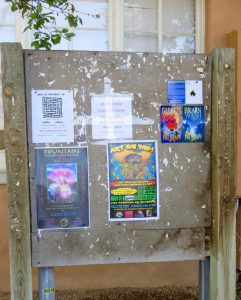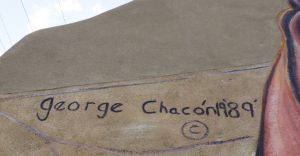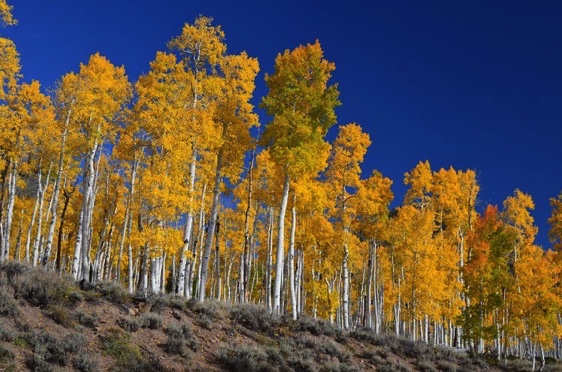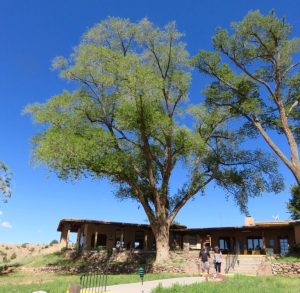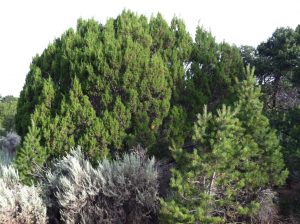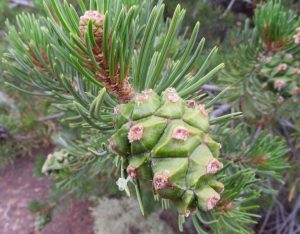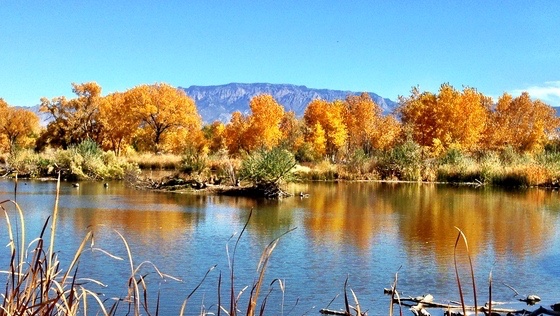One sunny afternoon I drove to one of my favorite villages in Northern New Mexico, Arroyo Seco (known as Seco by the locals) to photograph the town for this blog post. Seco is located approximately seven miles north of Taos, New Mexico, and sits below Taos Mountain. On October 7, 1745, the town’s inhabitants acquired the rights to the lands under a grant by Joaquín Codallos y Rabal. However, as a site, it was first deeded in 1716 to General Pedro Lucero de Godoy by the Viceroy of Mexico, but the general never settled on the land.
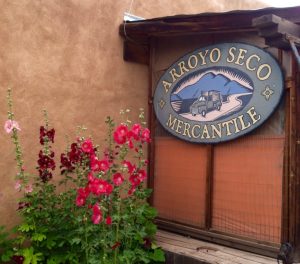 Settlement of the surrounding area began in 1804 when two brothers, Cristóbal Martínez and José Gregorio Martínez, planted crops in the region and built homes. According to the Spanish Archives of New Mexico, in 1815 more people began to cultivate the lands in Seco area, irrigating their crops from the Arroyo Seco Creek and the Rio Lucero.
Settlement of the surrounding area began in 1804 when two brothers, Cristóbal Martínez and José Gregorio Martínez, planted crops in the region and built homes. According to the Spanish Archives of New Mexico, in 1815 more people began to cultivate the lands in Seco area, irrigating their crops from the Arroyo Seco Creek and the Rio Lucero.
After wandering the quaint village with its eateries and small specialty shops, many exhibiting work by local artists and craftspeople, I headed to the Church of the Most Holy Trinity. 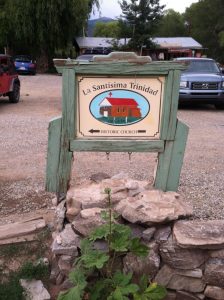 Completed in 1834, the original building had a flat roof and a dirt floor. A pitched roof and wooden floor were added in 1915, and the graves buried beneath the dirt floor were repatriated to the churchyard cemetery. The adobe structure has five-foot-thick walls at the base that taper off to three feet at the top. The ceiling has rough, flat, heavy pine vigas that rest on hand-carved wooden corbels. I snapped the photos I wanted and left the church to stroll the village, photographing my surroundings and relaxing in the small-town atmosphere.
Completed in 1834, the original building had a flat roof and a dirt floor. A pitched roof and wooden floor were added in 1915, and the graves buried beneath the dirt floor were repatriated to the churchyard cemetery. The adobe structure has five-foot-thick walls at the base that taper off to three feet at the top. The ceiling has rough, flat, heavy pine vigas that rest on hand-carved wooden corbels. I snapped the photos I wanted and left the church to stroll the village, photographing my surroundings and relaxing in the small-town atmosphere.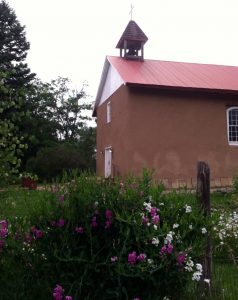
I’ve never been starstruck, but some folks are, so keep your eyes open. Among the locals and tourists you might spot a well-known politician or a famous celebrity, as some do call Northern New Mexico (when they are here) home. If you visit, do attend Seco’s Fourth of July parade, an annual event that draws throngs of happy celebrants. You can view the celebration on YouTube. The video was shot and edited by Rick Romancito of The Taos News. http://www.youtube.com/watch?v=vgkDARTbkkQ.


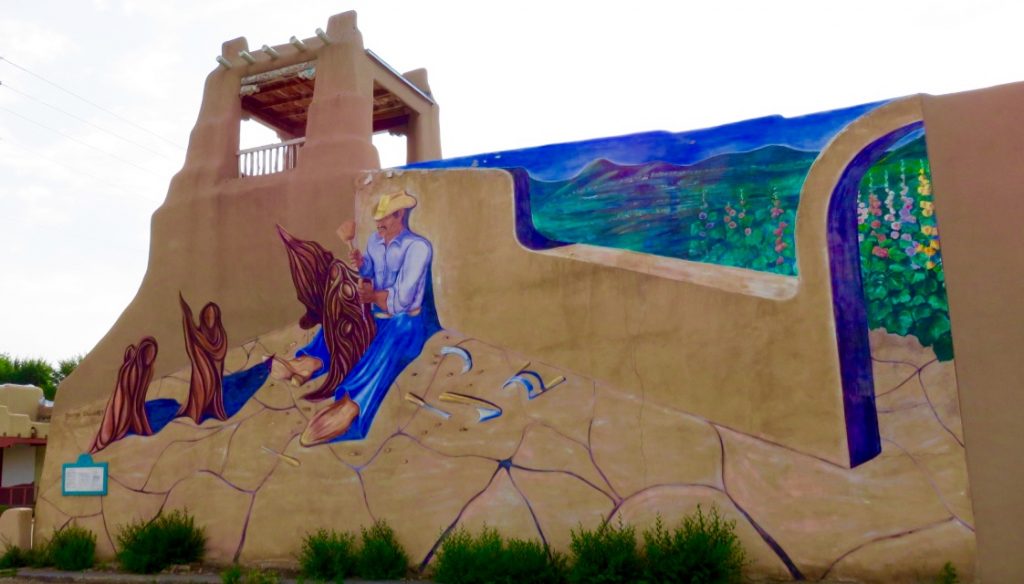
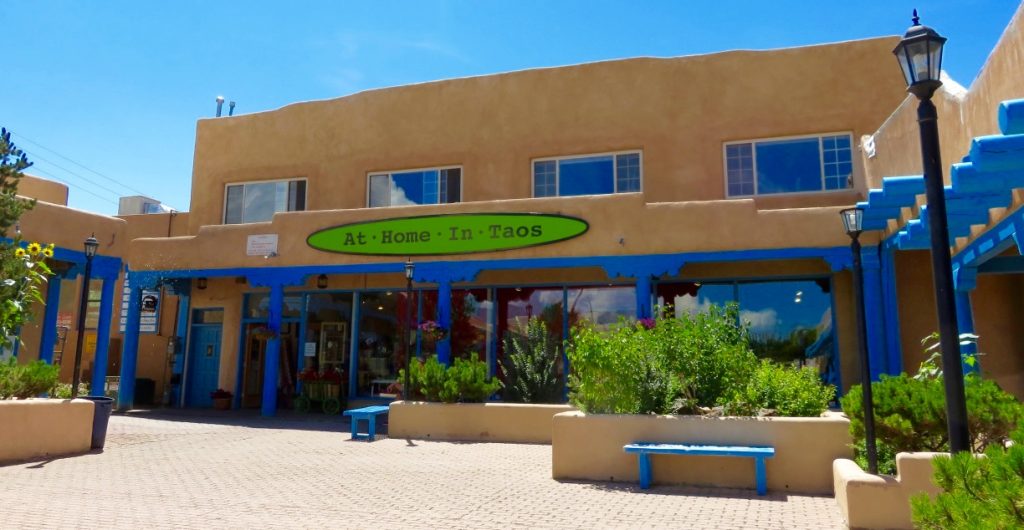
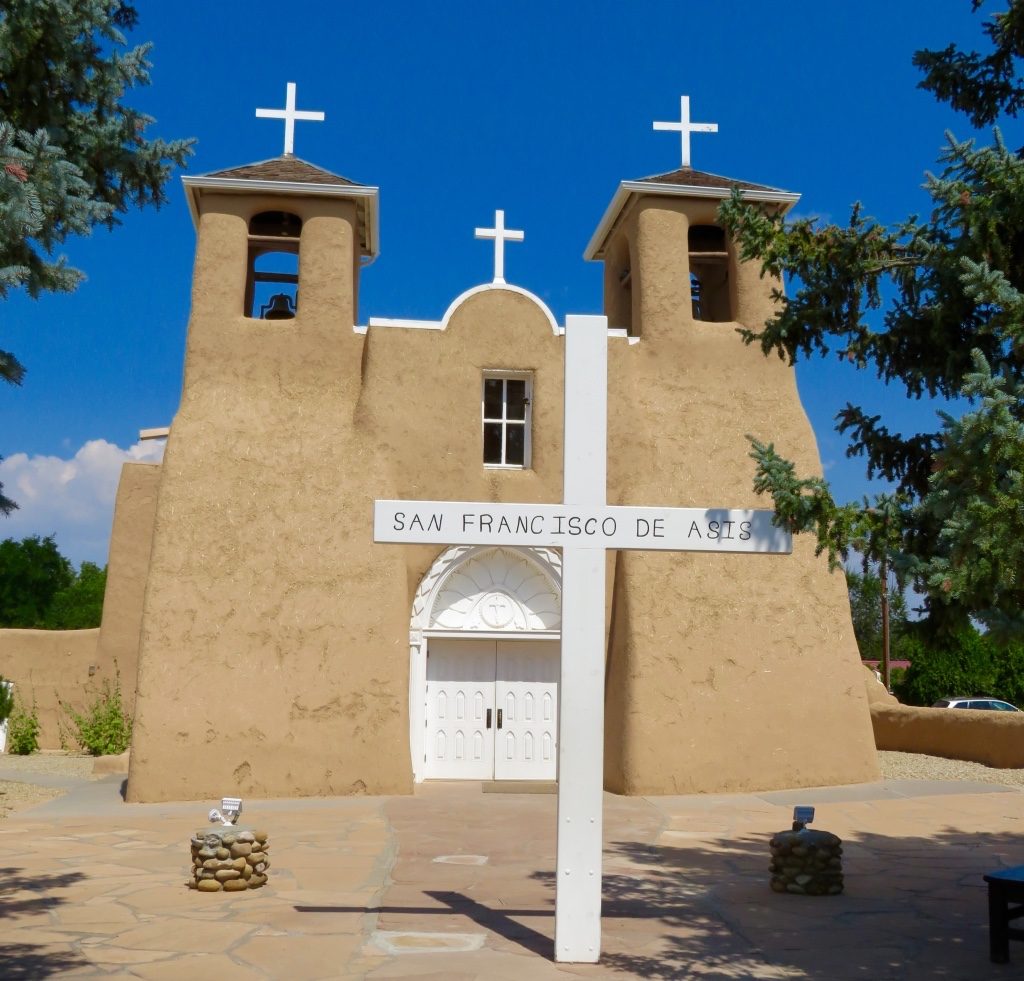
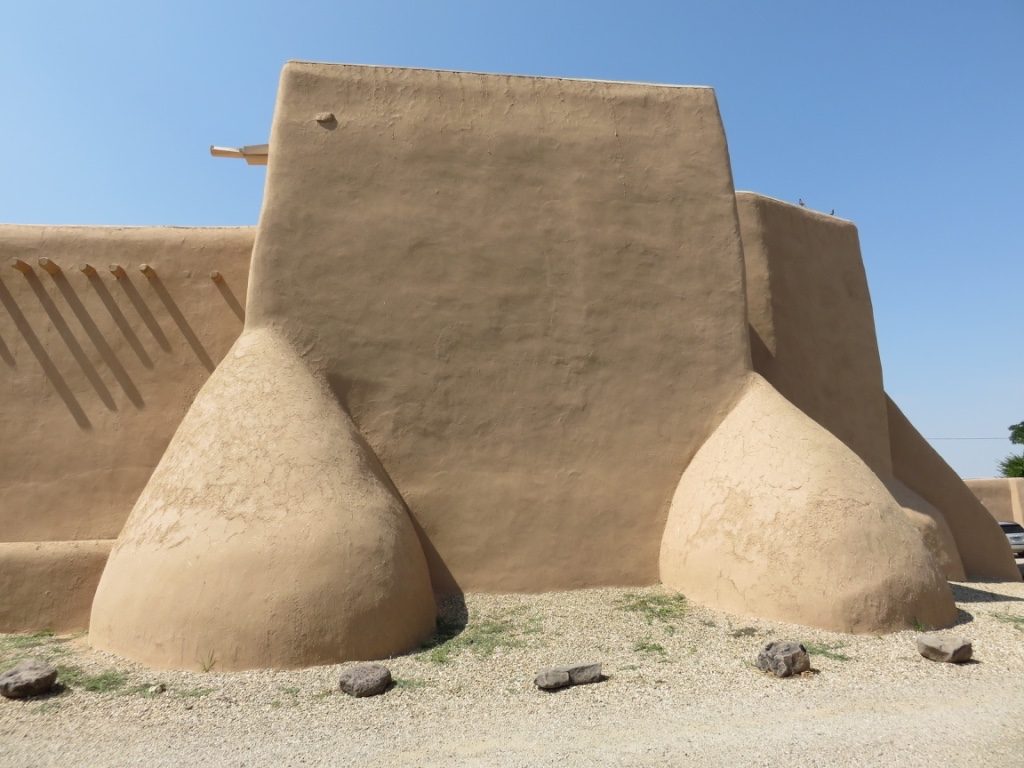

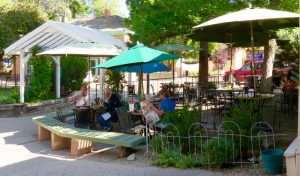
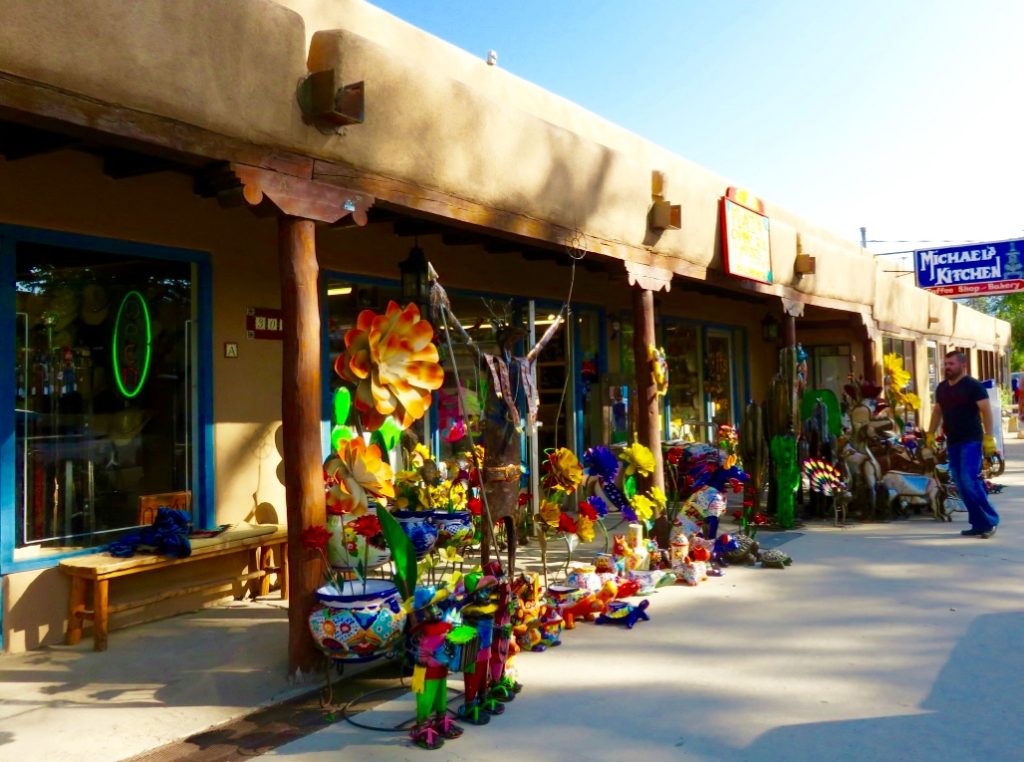
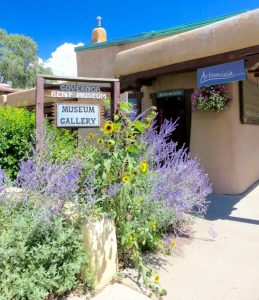
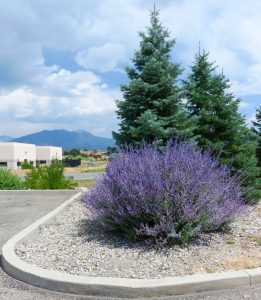
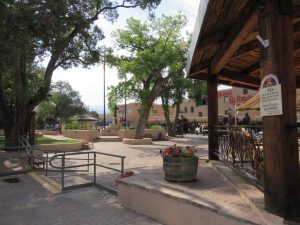 Photos: Russian Sage and the Taos Plaza.
Photos: Russian Sage and the Taos Plaza.
